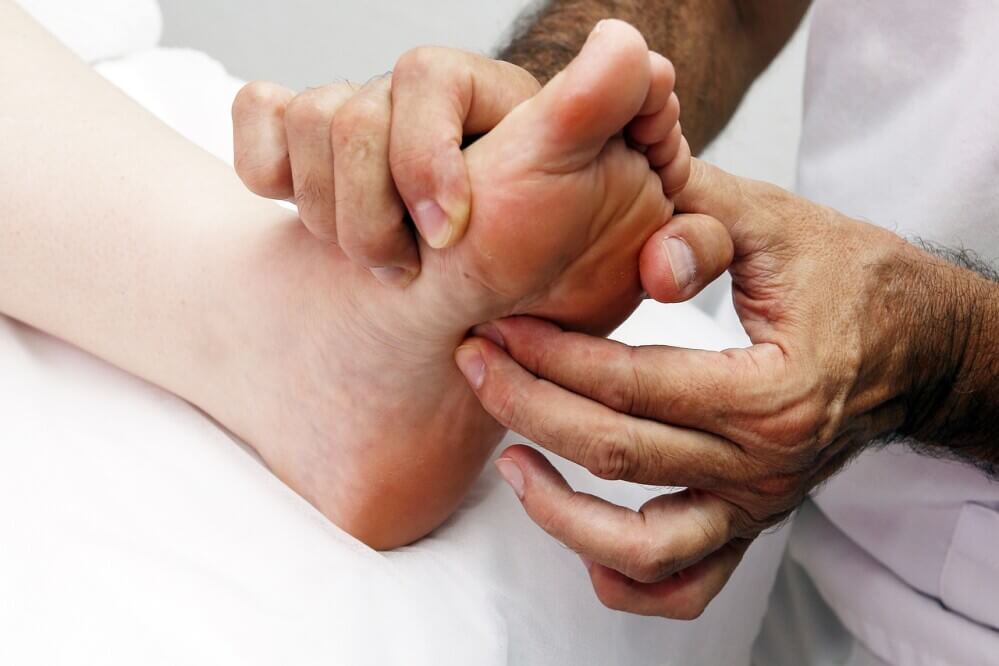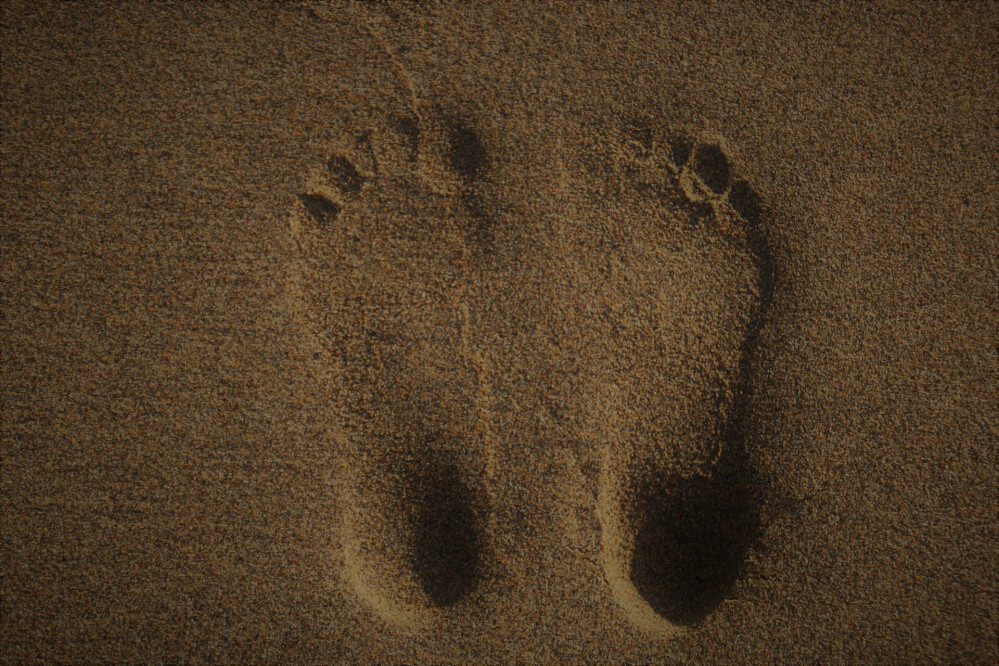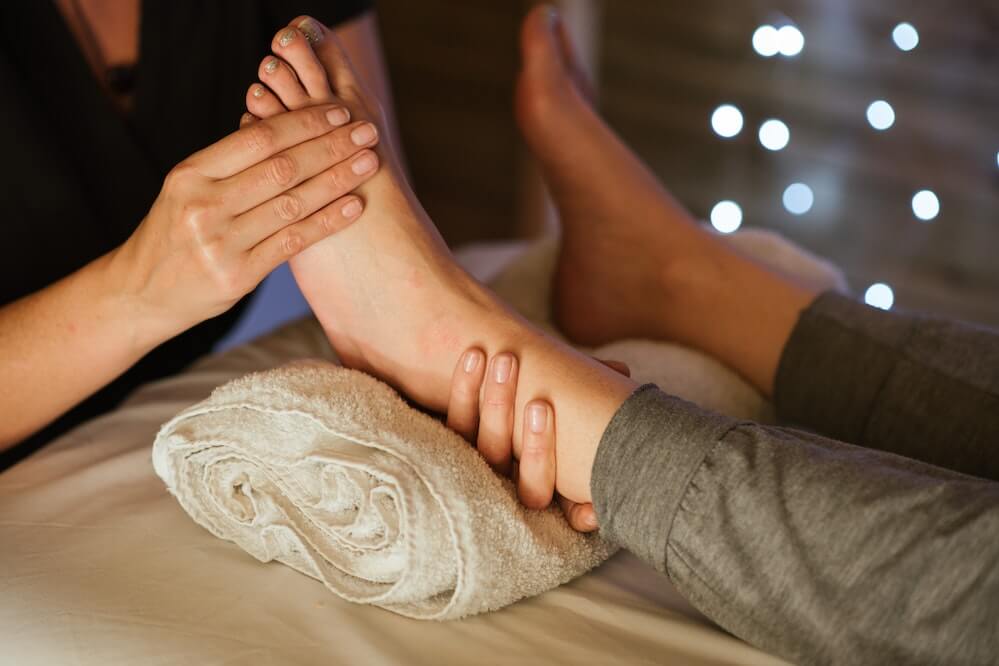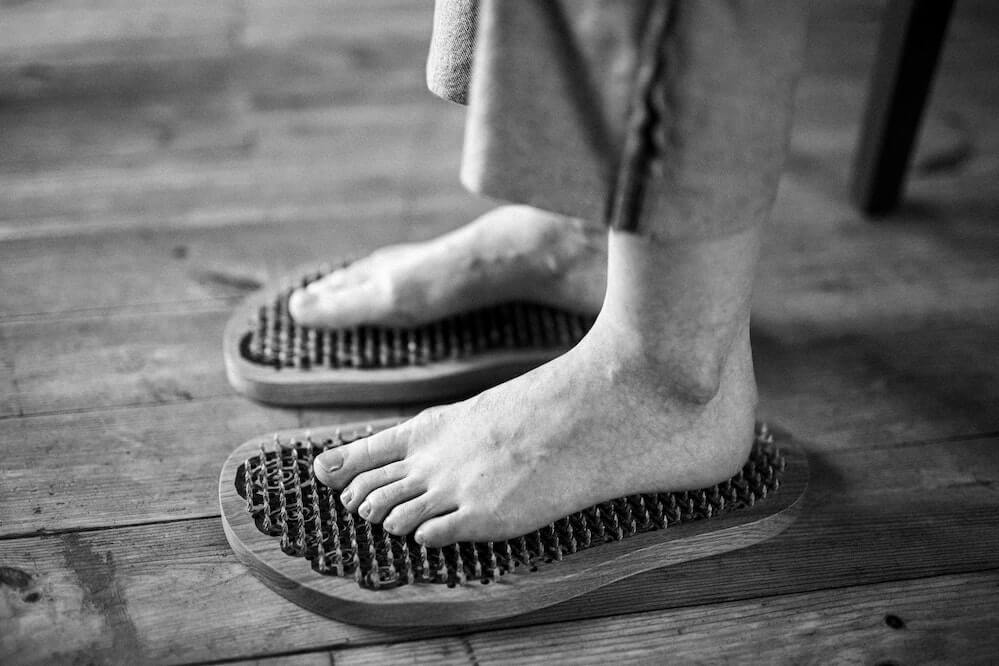Key Takeaways
—Reflexology is an ancient alternative therapy that involves applying pressure to specific points on the feet, hands, and ears to promote relaxation and healing throughout the body.
—The practice is based on theories that it can restore the body’s natural energy flow (Qi), improve blood circulation, and enhance the nervous system’s connection to various organs.
—While generally safe, reflexology should be approached with caution by individuals with certain conditions like foot injuries, blood clotting issues, or during the first six weeks of pregnancy.
Not all alternative safe ways to relax and relieve pain work for everybody; therefore, you should keep an open mind and try different things to get the desired results. An effective way for many ailments is reflexology. This ancient practice dating back to 2500 BC in Egypt, involves putting pressure on the specific points in the feet and hands through massage to restore balance to the body.
If you’re interested in trying reflexology for the first time, in this article we’ll give you an overview of this practice and answer some of the most common questions regarding it, such as “What is reflexology,” “Is reflexology good for you?,” “How does reflexology work?,” and more.
What Is Reflexology?

Reflexology is a type of medical massage therapy that consists of applying pressure to the trigger points in different body areas, which can relate to specific organs or systems. While reflexology is mainly practiced in the feet and hands, other body areas include the face, ears, and lower legs. Reflexology aims to bring the body to a state of relaxation and calm and enhance the body’s healing process.
It is a complementary health therapy, which means that it should be used alongside conventional medical care for optimal results.
Reflexology aims to treat the person as a whole by bringing harmony to the physical, mental, and emotional aspects and allowing the body to function optimally. This way, it can make disease management easier for people living with chronic conditions, treat acute issues, support couples through the journey of fertility, and help with the quality of life for people with cancer.
How Does Reflexology Work?
According to ancient Chinese beliefs, stress, illnesses, injuries, and toxicity congestion can cause an imbalance in the body by blocking the natural flow of Qi (life force) through different zones or channels in the body. The main goal of reflexology is to remove any blockage and restore the natural flow of Qi to achieve homeostasis (state of balance).
Through reflexology, the body can reach a deep state of relaxation, thus allowing the body to heal itself.
While there should be more research done about how reflexology works, the current theories are:
— Hemodynamic theory: This theory suggests that reflexology may enhance blood flow in the corresponding organ or body part.
— Energy-related theories: According to this theory, body parts can communicate through electromagnetic fields, which can become blocked. By breaking up lactic acid crystals stored in the feet, reflexology may help open the blockages and restore energy flow.
— Nerve impulse theory: It proposes that stimulating specific reflex points on the feet intensifies the nervous system’s connection to the corresponding body parts.
— Fascia involvement: Fascia is a thin membrane that covers and separates body organs, which may experience changes during reflexology, thus affecting different parts of the body.
What Are the Benefits of Reflexology?

Reflexology has many benefits for improving overall well-being, which include the following:
— Reducing pain
— Clearing up sinus issues
— Regulating hormone imbalances
— Boosting fertility
— Fighting cancer
— Getting over bacterial infections
— Improving mood
— Reducing stress and anxiety
— Relaxing tense muscles and ligaments
— Lowering blood pressure
— Eliminating waste from the body
— Boosting the immune system
— Easing arthritis pain
— Improving digestion
— Treating nerve problems and numbness
— Increasing circulation
— Improving sleep
What Happens in a Reflexology Session?

Before the session, the reflexologist might:
— Ask general questions about your medical history
— Explain the procedure and what to expect
— Sign a consent form (optional)
— Answer any questions you may have
During the session, the reflexologist might play soft music, light candles, and use essential oils to create a relaxing atmosphere. Then they’ll begin massaging your feet, hands, ears, or a combination and applying pressure to the target areas, depending on your concerns.
The session also includes:
— Washing your feet and soaking them in warm water.
— Assessing your feet for open wounds, sores, warts, or rashes and asking you about any pain you may be experiencing during the session.
The sessions usually last between 30 to 60 minutes.
Is Reflexology Safe?

Reflexology is a highly safe practice, as it is non-invasive and comfortable to receive. However, there are instances when one should avoid reflexology, such as:
— Pregnancy (the first six weeks): During this time, the reflexology focuses on treating the uterine and ovarian reflex points more gently or avoiding them altogether, as stimulation of the reflex points can cause contractions.
— Foot injuries: People with unhealed wounds, foot fractures, or active gout in the foot should avoid reflexology, whereas those with osteoarthritis (foot or ankle) and visceral diseases of the legs or feet should consult with their primary provider before beginning reflexology on the feet.
— Blood clotting issues: As reflexology improves circulation, people with thrombosis or embolism should avoid reflexology as they can risk a clot moving toward the brain or heart.
Remember that if you’re also using massage, you should allow at least 48 hours between massage and reflexology sessions to avoid overloading your system.
While reflexology is an extremely safe practice, everybody will respond differently to it, such they can experience mild side effects such as:
— Mood changes
— Fatigue
— Headaches
— Increased urination
— Lightheadedness
— Tender feet
However, they are short-term, so they tend to go away on their own shortly after treatment.
The Bottom Line
Simply put, reflexology is based on the principle that there are zones (reflex areas) in the hands and feet representing different organs, systems, and body parts. And by stimulating these reflex areas through specific massage techniques, you can improve the circulation of blood and energy in the body. Although scientific data regarding reflexology is insufficient, patient reports show that it can be helpful for many ailments, such as easing arthritis pain, clearing up sinus issues, boosting the immune system, and many more. Therefore, it can be a great addition to your daily life to help you relax and restore balance in your body and mind.
Check out our Holistic Wellness Center and discover the restorative power of reflexology to maintain optimal health and wellness. Here, you’ll be able to find alternative medicine care options according to your needs and budget.